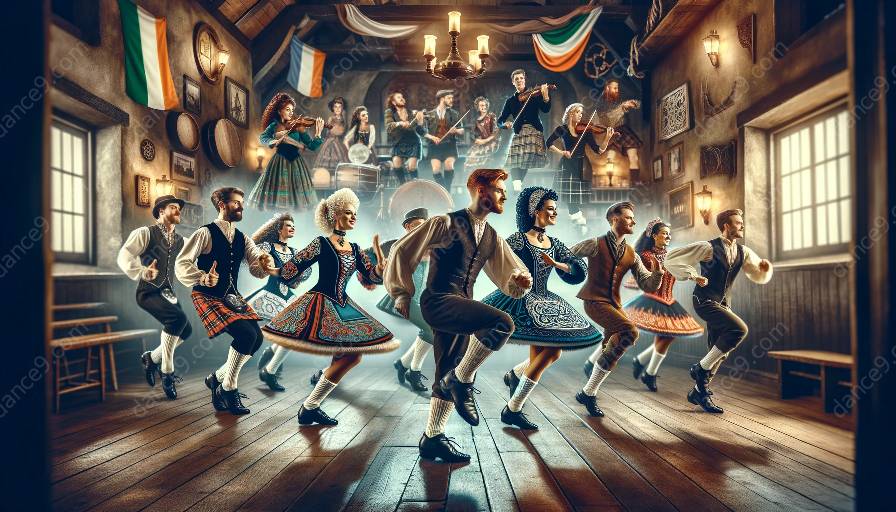Irish dance, with its lively footwork, complex rhythms, and captivating history, holds a special place in the world of traditional dance. While it shares similarities with other traditional dance forms, such as Scottish Highland dancing and flamenco, it also possesses distinct characteristics that set it apart.
The History and Origins of Irish Dance
The roots of Irish dance can be traced back to the ancient Celtic culture of Ireland. It has been shaped by various influences, including Gaelic traditions, Christianity, and the impact of British rule. This rich history has contributed to the unique style and rhythm of Irish dance.
Comparing Irish Dance to Other Traditional Dance Forms
Scottish Highland Dance: While both Irish dance and Scottish Highland dance share Celtic origins, they have evolved in different ways. Irish dance focuses on intricate footwork and precise movements, often performed in solo or group formations. In contrast, Scottish Highland dance emphasizes strong, graceful movements and often incorporates the use of swords and other props.
Flamenco: Irish dance and flamenco both showcase the importance of rhythm and footwork. However, flamenco is known for its passionate, dramatic expressions and the use of percussive accessories such as castanets and hand clapping. Irish dance, on the other hand, is characterized by its upright posture and arms held firmly by the sides.
The Role of Irish Dance in Dance Classes
Irish dance has gained popularity in dance classes around the world, offering a dynamic and engaging form of physical activity. Its unique blend of athleticism and artistry provides students with a rewarding and challenging experience. In addition to learning the dance techniques, students also gain insight into the cultural heritage and storytelling elements embedded in Irish dance.
Whether it's the traditional solo dances, group performances, or the modern fusion styles, Irish dance continues to captivate audiences and inspire dancers globally. Its infectious energy and captivating charm make it a standout traditional dance form that enriches dance classes and cultural experiences.













































































